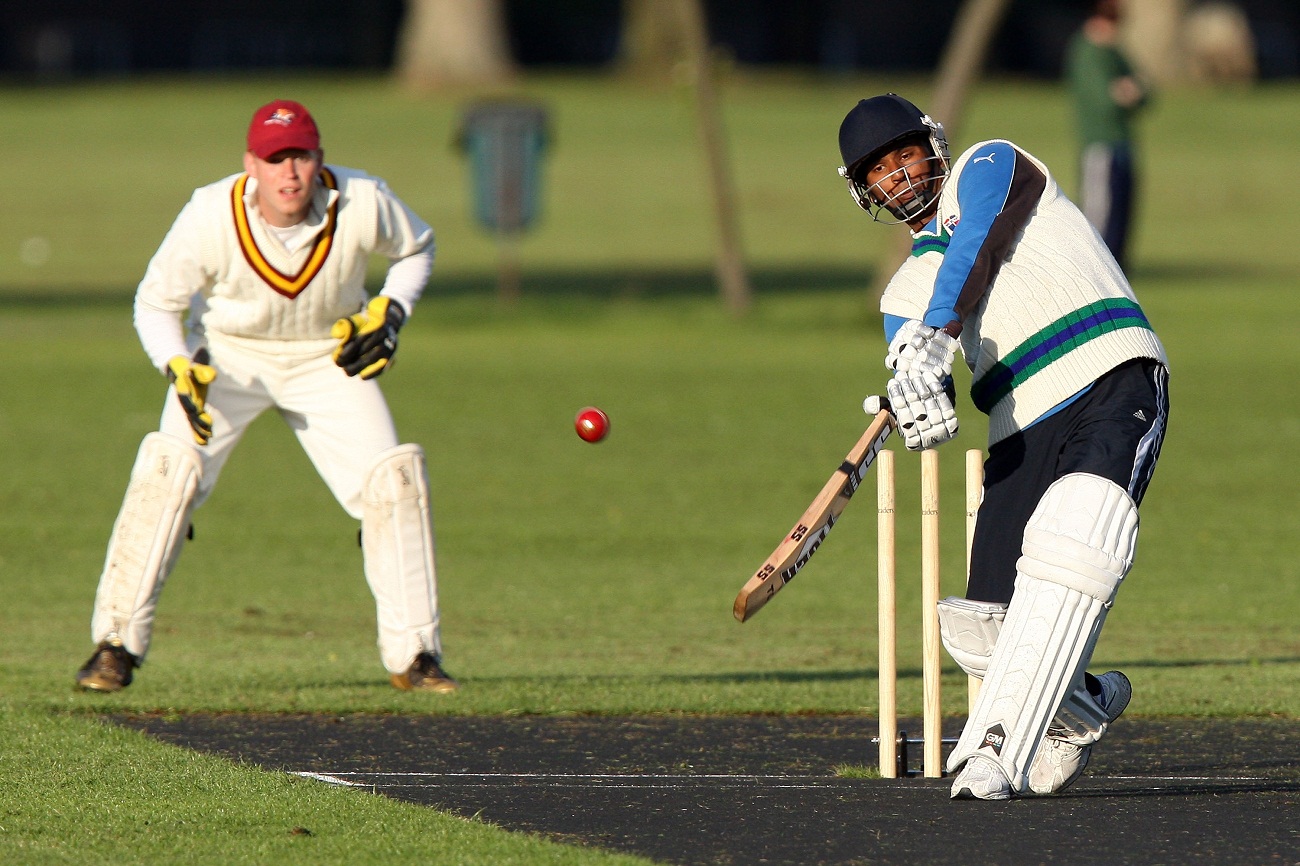 Cricket is a popular sport that traces its roots back to the early 16th century. The epitome of this international game comes in a very interesting package also known as the Cricket World Cup. Some of the other major cricket events include the One Day Series, T20 World Cup, and the Test Series. Every country that plays cricket at an international level runs a host of domestic competitions. Such matches tend to be very competitive. Each sport has its own set of rules. Here are some of the major rules in a game of cricket.
Cricket is a popular sport that traces its roots back to the early 16th century. The epitome of this international game comes in a very interesting package also known as the Cricket World Cup. Some of the other major cricket events include the One Day Series, T20 World Cup, and the Test Series. Every country that plays cricket at an international level runs a host of domestic competitions. Such matches tend to be very competitive. Each sport has its own set of rules. Here are some of the major rules in a game of cricket.
Number of teams and players
A cricket game should be comprised of two teams with eleven players each. One of the players in each team is the captain. One of the captain’s main duties is to ensure that his team has only 11 players on the field at every given time.
The Umpire makes the final ruling
The final authority in a game of cricket is the umpire since he makes play decisions. If a player fails to follow the umpire’s final decision or misbehaves, he or she is turned over to the team’s captain for discipline measures or dismissal.
Six balls is equal to one over
During cricket, the bowler is supposed to bowl the cricket ball to the striker. If the striker hits the ball and misses, that’s considered as a completed ball. When the bowler bowls six balls, he or she has completed an ‘over’. This gives room to another team member to come bowl the next over.
No time wasting
Despite cricket games being known to go on for days, time wasting is punishable. If a batsman takes more than two minutes to take the field after a wicket fall, he or she is discharged from the game. This rule is very important especially when it comes to curtailing time wasting.
This bat and ball sport might look simple, but it has some of the strictest rules.
